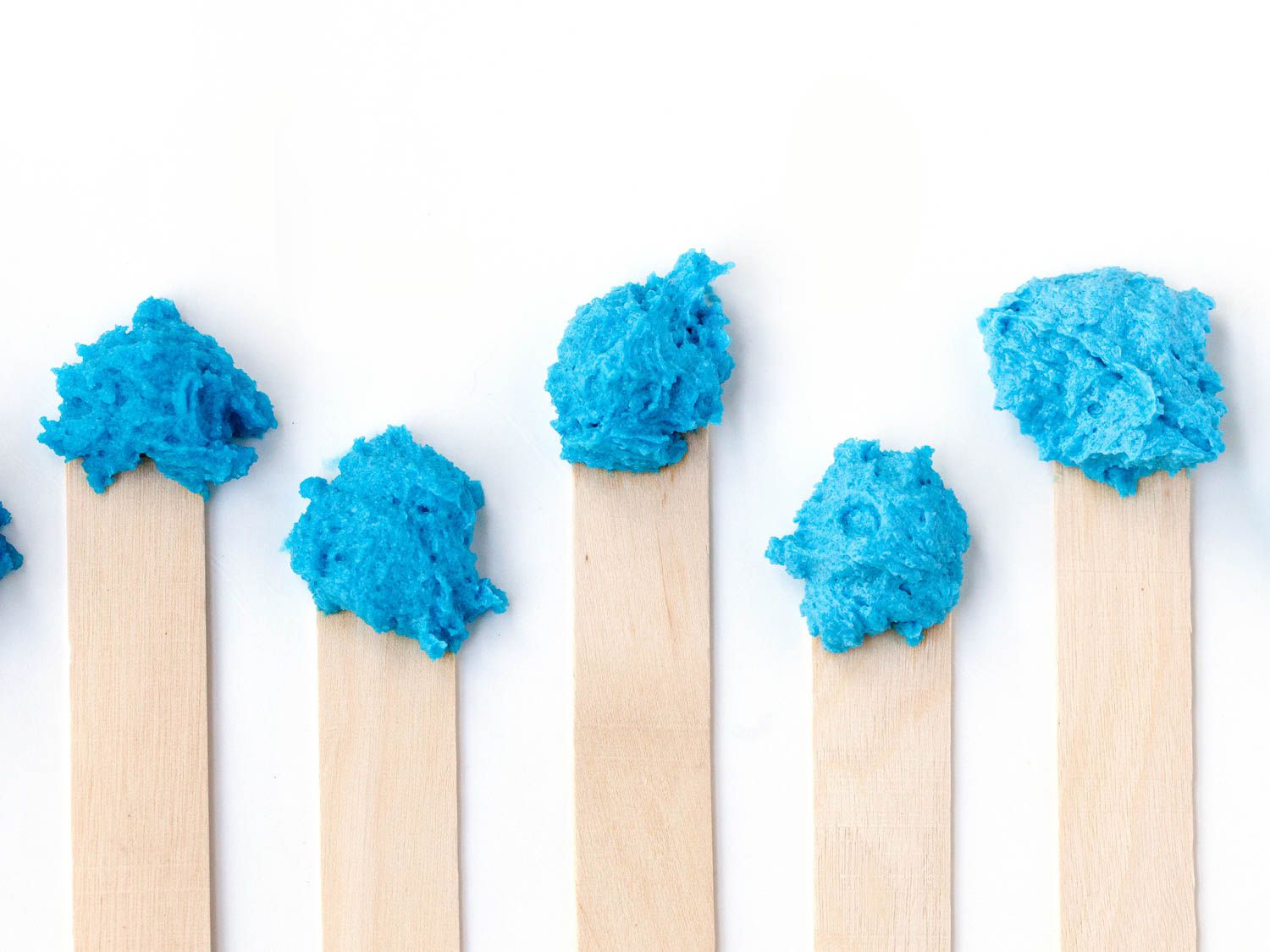Thanks again, this is why I come on this forum to learn, the method I used was to cream together the butter and sugar, whisk in the eggs individually, sift in the flour and the baking powder, add the lemon zest and mix well by hand until all combined, I didn't use a whisk as I didn't want to much air to get into the mix as that is what I thought I had done wrong previously, I spilt the mix into two eight inch loose bottom tins, I baked both sponges at 160 for 30 minutes. Left them in the tin for a couple of minutes and turned them out to cool, the sunken cake was actually baked as the skewer inserted in the middle came out clean.
1. mixing method is extremely important because mixing is it just about stirring together ingredients. For instance s
creaming butter and sugar is not mixing sugar into the butter it’s mechanical leavening. There’s a reason why ingredients are added in the order they are added. There’s a reason certain tools are used.
2. The temperature for creaming butter is incorrect in almost all recipes that are printed in cookbooks and on the Internet. The correct temperature for the butter is 65°F (18°C). The reason butter needs to be cold is the butter must retain some plasticity to hold air. When you beat butter, it creates friction. Friction causes heat. look again at the list of chemical reaction in which cake batter bakes. The first is the fat melts, the second is the gases expand. These don’t happen one after another. In fact these are happening together. The gases from the chemical leavening must trapped in the butter. But if that butter is too warm from beating, it’s not going to hold up. It is the rise. You see the other chemical reactions, the protein denaturalization, and the starch gelatinization? Those chemical reactions set the cake.
But it begins first with proper rise. The link below will explain a lot more about creaming butter. Although Stella Parks discusses creaming butter in relationship to cookies it applies to pretty much everything.
Other than the temperature of the butter you should follow all of the other mixing instructions.
Bake the cake in the center of the oven. The oven chamber will be hotter at the bottom and at the top. The reason is the heating element is usually in the floor of the oven. Contrary to what people say he does not rise. Heat is energy, energy does not rise. Rather the air in the oven chamber will heat. So what will happen is the air at the oven floor will heat first. As the air heats it displaces the cold air as it causes a change in air pressure in the oven chamber. This will force the cold air at the top of the oven down, and the hot air at the oven floor up.
so heat does not rise, rather the air is heated. And the change in temperature from the air causes the air to shift in the oven chamber. The air closest to the heat source will always be the hottest. The air that rises from that heat source to the top of the oven will be hotter than the air that then settled in the middle of the oven chamber.
And of course when your pans are in the upper portion of the oven the heat is more concentrated up there, so everything is going to bake hotter.
Since you did not print the recipe as I twice asked I have no idea what the actual instructions are. So I really can’t help you much here. This is the last I will respond.
Does your cookie recipe call for creaming the butter by beating it with sugar? Just how important is that step, and how do you know if you're doing it right? We break down the science of creaming and explain exactly how to do it.

www.seriouseats.com

